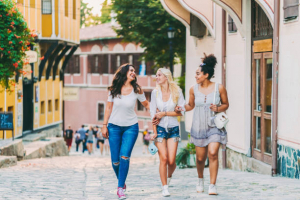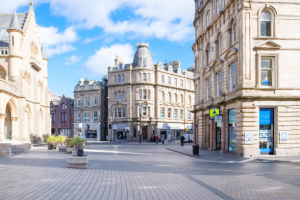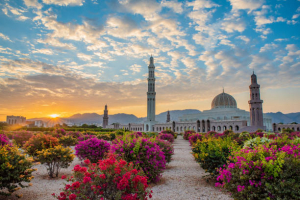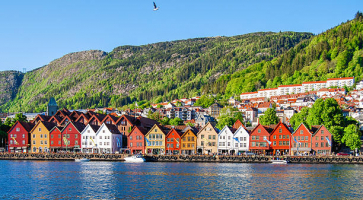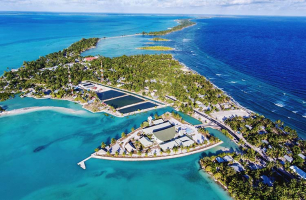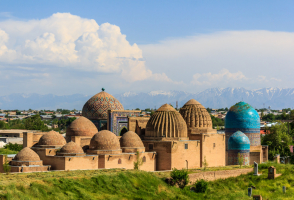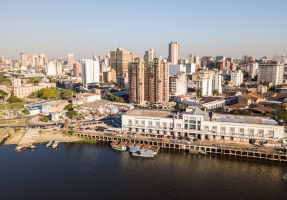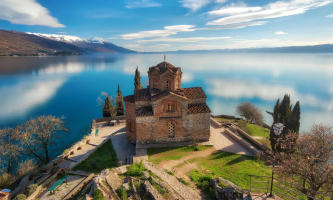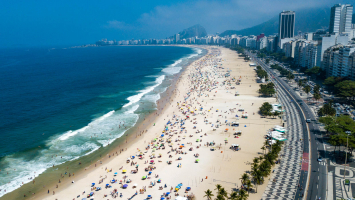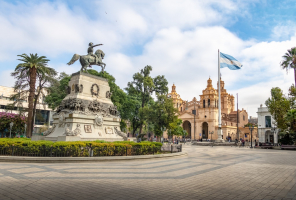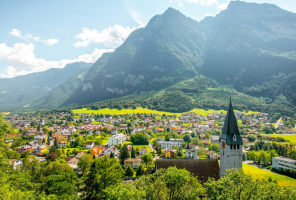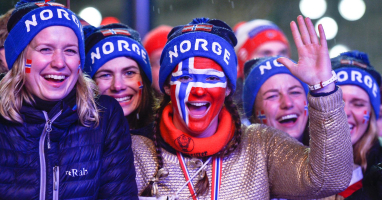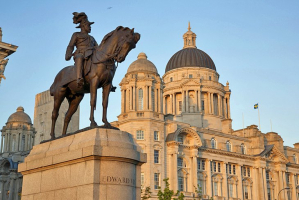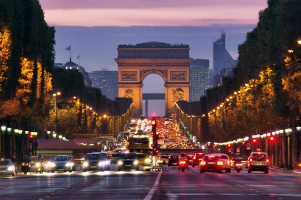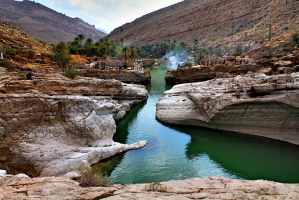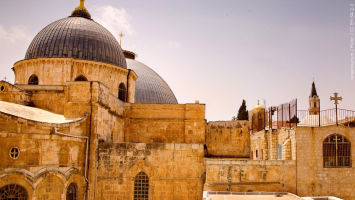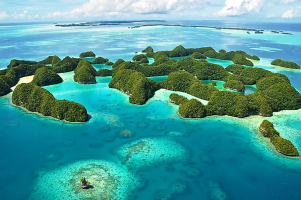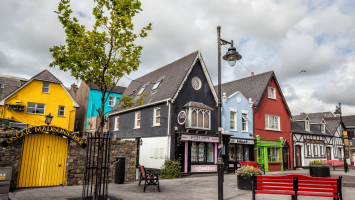Top 10 Reasons to Visit Netherlands
Visits to the Netherlands are highly recommended for several reasons. The cost of traveling to Schiphol Amsterdam Airport from the majority of major European ... read more...cities is low because to low-cost airlines like EasyJet. Therefore, why not consider making a trip to the country of cheese, clogs, tulips, and windmills? Here are the top reasons to visit Netherlands that can persuade you if you haven't given the idea much thought in the past.
-
Netherlands appears to be flat, therefore there is nothing unique. Only someone who has never been to the Netherlands may have this thought. Alkmaar and its surroundings, for instance, are seen here. In this region of the Netherlands, there is no light pollution and the best ecology. What is it, do you know? This occurs when artificial light sources brighten the night sky, causing it to lose its velvety blackness and instead take on an ambiguous yellowish or grayish tinge.
In addition to interfering with people's ability to properly unwind at night, light pollution has an impact on how the Netherlands' environment functions. Be sure to observe the stars as well. They simply aren't noticeable in megacities. Visit Alkmaar now. After only 30 minutes, you will have left the Dutch province and be in the country's cosmopolitan, never-dark capital city of Amsterdam. There are meadows, mills, canals, serenity, storks, swans, deer, and an amazing starry sky everywhere you look. as well as lovely "gingerbread" houses built in the typical North Dutch manner.
If the Dutch province is filled with canals, green fields, obscenely symmetrical structures, swans, and storks, then there are two different types of Dutch cities. In the first instance, the buildings are situated next to one another along canals, which is a medieval Northern classic. These are avant-garde architectural experiments in the second scenario. One idea unites both strategies: homes are constructed in a way that makes residing in them as comfortable as possible. Dutch architecture is based on two essential principles: comfort and ergonomics.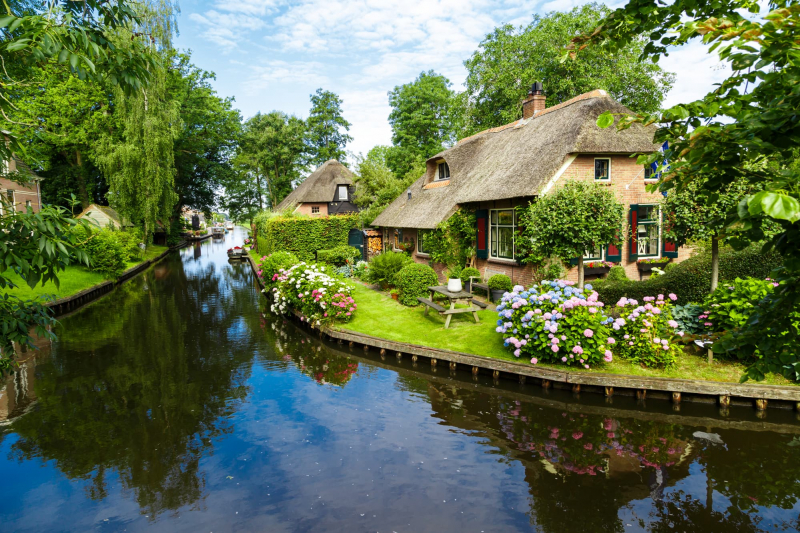
xyuandbeyond.com 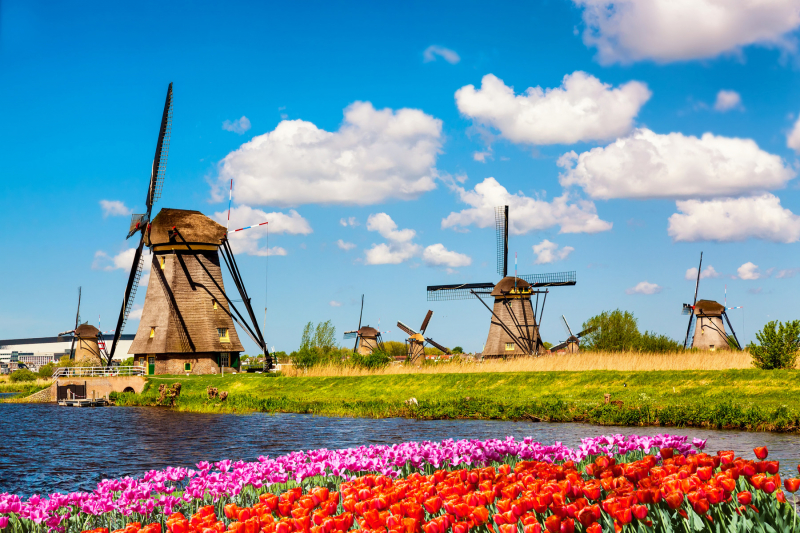
expatica.com -
The Southern, Catholic portion of the Netherlands celebrates carnival, sometimes known as "Carnaval," over three days. The Noord-Brabant province hosts the annual Carnival, which begins on Sunday and runs through Ash Wednesday. Locals pause normal life for three days during the yearly festival, while tourists from around the globe travel to take part in traditional Dutch activities.
Since everyone who attends the celebration will be wearing a costume, dressing up is very necessary. Most retailers start carrying wild and traditional carnival attire in January, so you'll have lots of alternatives to select from. Many people wear homemade costumes throughout the festivities. The major cities host a variety of parades that include floats and performances. During this occasion, one can find bar crawls, absurd city name changes, and official colors.
The province of Noord-Brabant offers a variety of activities throughout the carnival season. The Dutch are renowned for their music festivals, and the carnival offers a wide variety to select from. The most well-known carnival celebrations are Het Stuiterbal, Confettival, and Karnaval. There are several attractions outside music festivals, such as parks and nature preserves, museums, sporting activities, and a wide variety of restaurants.
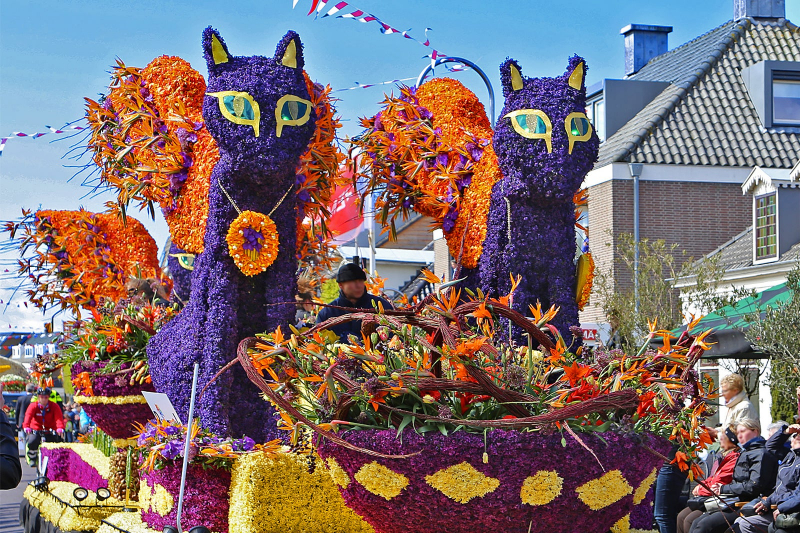
hotels.com 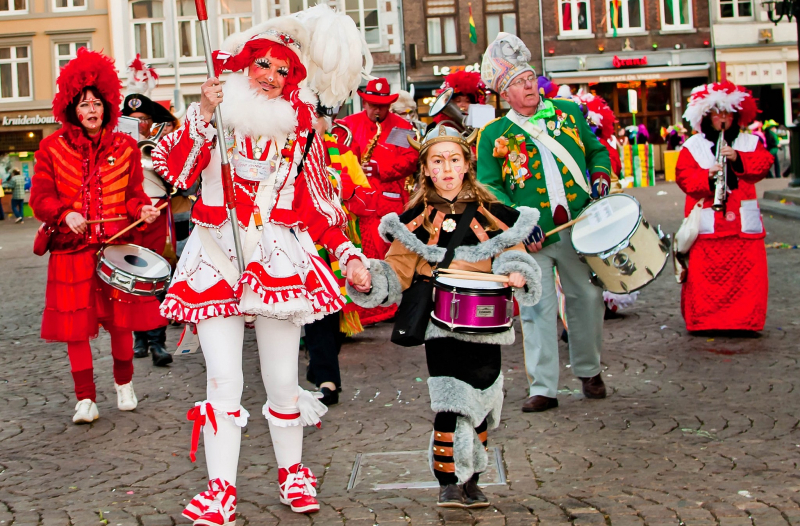
timesofisrael.com -
The Netherlands offers a mild maritime climate due to its extensive coastline along the North Sea, making it possible to go there at any time of year without too much difficulty. Extreme heat in the summer or freezing cold in the winter are uncommon occurrences. However, there is always enough moisture in the air for a rain shower to happen any time, any place.
Spring is an excellent time to visit the Netherlands. The famed tulip season is at its height in mid-April, and it starts to warm up about this time with an average temperature of 54 degrees Fahrenheit. However, the weather is also comfortable all around the year. The country's typical summer temperature ranges from 64 to 72 degrees Fahrenheit, with the southern regions being a little warmer (18 degrees to 22 degrees Celsius). The temperature only drops to 34 degrees Fahrenheit during the winter months, which is not as chilly as one might anticipate for a country in northern Europe (1 degree Celsius). Therefore, Netherlands can be visited all year round because the climate is generally mild.
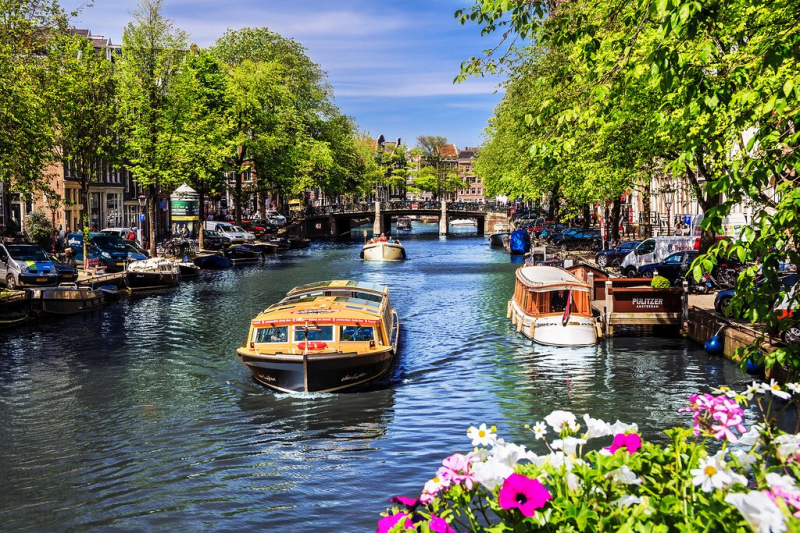
kimkim.com 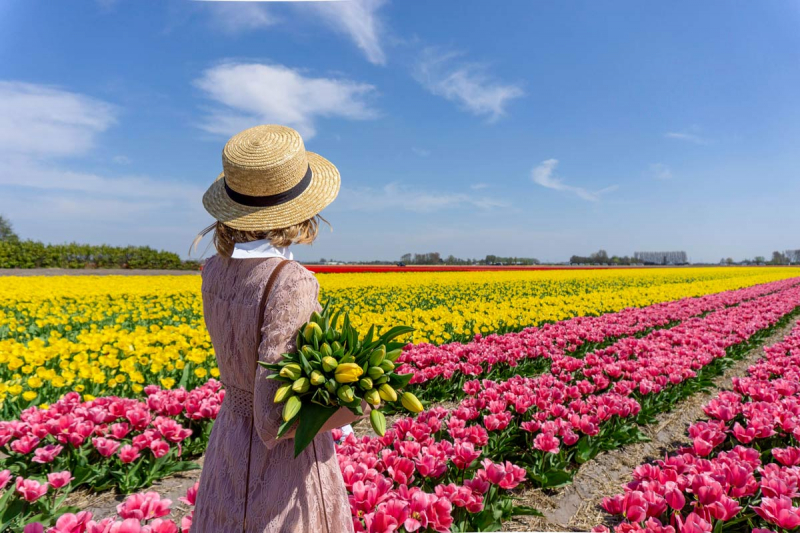
andoreia.com -
It would be absurd to discuss any "main" Netherlands tourist attractions in a nation where villages have existed in their current locations since the eighth century and where rebuilding a barn requires locating oak trees of the same size and variety as those used during construction (and receiving a certificate from Meria). However, certain popular tourist destinations are where 90% of visitors snap pictures for Instagram.
These include Amsterdam's Dam Square as an example. You've undoubtedly seen these pictures a thousand times. It used to say, in red letters, "I love Amsterdam." In Amsterdam, there is a historic church called the Oude Kerk. Although not the only church in Amsterdam from the 13th century, it is arguably the most well-known. But if you go to Delft, Utrecht, or Roermond, you'll see the same one. The architecture of the 13th century was typically like this. It takes around one hour and twenty minutes to go by train from Amsterdam to the Renaissance-style Delft town hall.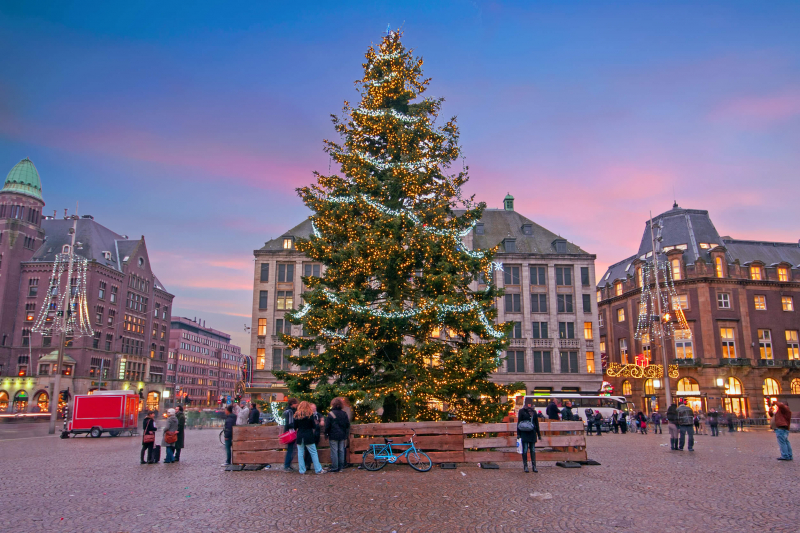
winterfestivalamsterdam.com 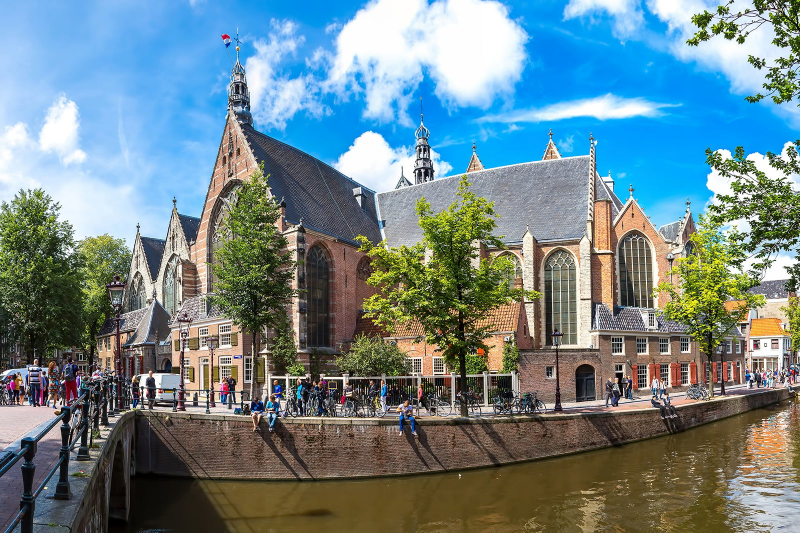
hotels.cn -
If you enjoy a good pint or have a passion to discover different types of beer, then you absolutely need to visit the Netherlands. There are various drinks that can be categorized as traditionally Dutch, with beer and jenever being the most well-known and having enormous domestic and international appeal. Beer is a common beverage choice at bars across the nation, as well as at events and festivals. If you look, you might also find jenever!
Heineken, Bavaria, and Grolsch are the three biggest breweries in the Netherlands and the most well-known Dutch beers. In addition to these massive brewers, there are independent breweries that make excellent beer, from trendy brewpubs to classic Trappist breweries of different sizes. There are a ton of options, whether you want pale lager (pils), white beer (witbier), ale, or seasonal brews (herfstbok and lentebok).
Another well-known beverage from the Netherlands is jenever, an alcoholic beverage flavored with juniper berries. The Netherlands has a long history with jenever, which is also frequently spelled genever. It is incorrect to refer to jenever as "Dutch gin" because it has its own unique ingredients and distillation techniques. The terms jonge (young) and oude (old), used to distinguish between the two forms of jenever, refer to the methods of distillation rather than the age of the beverage.
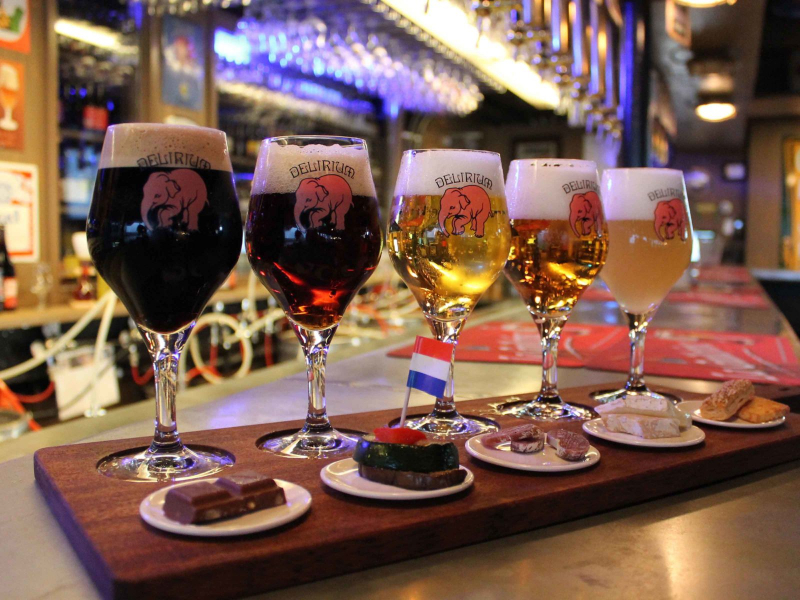
funktionevents.co.uk 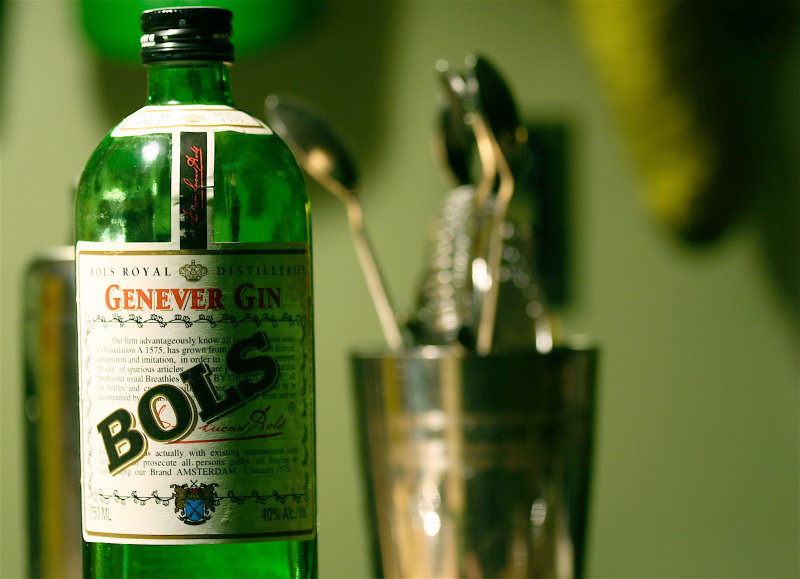
theculturetrip.com -
You will be enchanted by the surroundings and the people of Netherlands, whether you are in a city or are exploring a tiny village. The general atmosphere and the rapid pace at which people live their lives are what makes the Netherlands so universally appealing. In terms of quality of life, it constantly ranks among the greatest nations in the world. And that translates into a broad sense of happiness and friendliness among the local populace. You will genuinely sense the friendliness of the locals when visiting the Netherlands. They are warm and welcoming. This thing is one of the reasons to visit Netherlands.
In addition, the Netherlands ranks as the 14th safest nation in the world. It is very welcoming to families, and tourists who know English can easily get around it. Also, even if you would not usually travel for the flowers, the Dutch tulips live up to their name and definitely contribute to the beauty of the nation's landscapes.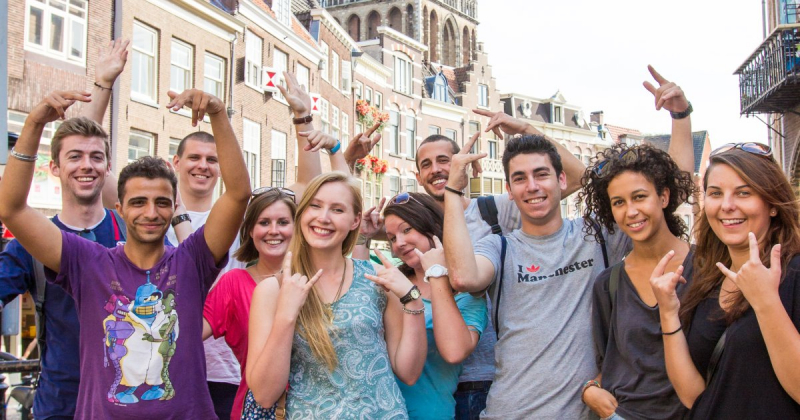
tio.nl 
housinganywhere.com -
Due to its rich history and the close proximity of all the civilizations that have influenced Dutch cuisine, the Netherlands offers a culinary experience unlike any other. The cooking customs and habits of the Netherlands influence Dutch cuisine. Its location in the productive North Sea river delta of the European Plain, which gave rise to fishing, farming (for crops and domesticated animals), and trading over the sea, as well as its past colonial empire and the spice trade, has influenced the country's cuisine.
Historically, Dutch food was created to be economical and filling rather than gastronomically attractive, with a lot of vegetables and little meat, and as a result, is generally bland due to a long-standing practice of being frugal with ingredients: Dinner usually consists of steak and potatoes with the addition of seasonal vegetables whereas breakfast and lunch are often bread with cheese toppings. The diet was relatively high in carbs and fat and included a lot of dairy products, which reflected the nutritional requirements of the country's laborers, whose culture shaped it. Despite the fact that numerous holidays are observed with special cuisine, it is best described as rustic because there aren't many embellishments.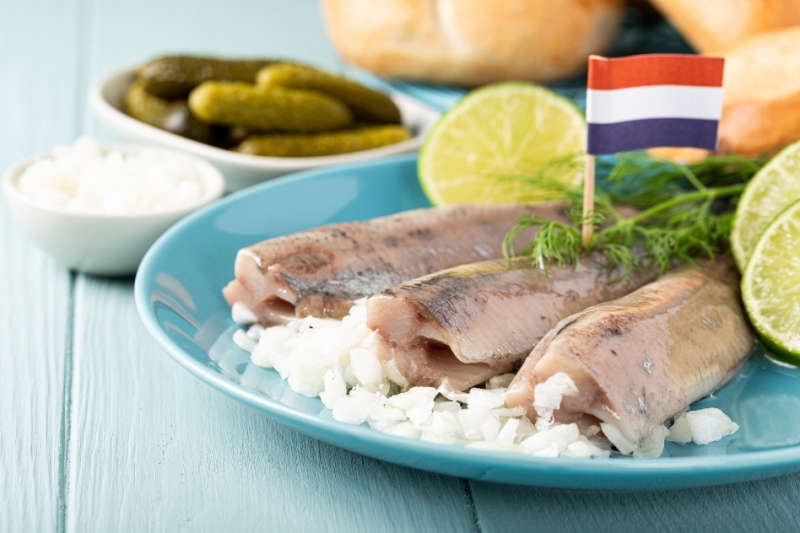
annaeverywhere.com 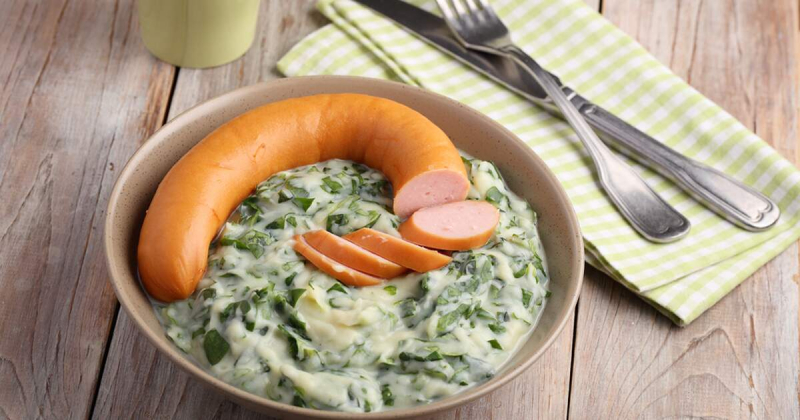
iamexpat.nl -
The Netherlands has a wide range of natural landscapes for a relatively small nation. The Netherlands has abundant of breathtaking natural areas where you can go for a calm stroll or an energizing hike, appreciate flowers, and look for mushrooms. There are countless options, including national parks, forests, mansions, lakes, and dunes. Additionally, because a large portion of the nation is submerged beneath the sea, it frequently floods. In order to avoid this, the coastline has undergone significant change over time. Numerous species of bats, rodents, deer, waterbirds, songbirds, seals, and other large animals can be found in the Netherlands. Off the coast, it's possible to view both cetaceans and sea turtles.
De Hoge Veluwe National Park, the biggest national park in the Netherlands, is situated in Gelderland's Veluwe Region. It only makes sense to place it at the top of my list of nature in the Netherlands as Dutch citizens voted it to be the country's best scenic region! There are many different types of landscapes in De Hoge Veluwe, from heathlands to forests. The "Dutch Big Five," which comprise foxes, badgers, roe deer, wild boar, and red deer, can be found in De Hoge Veluwe National Park.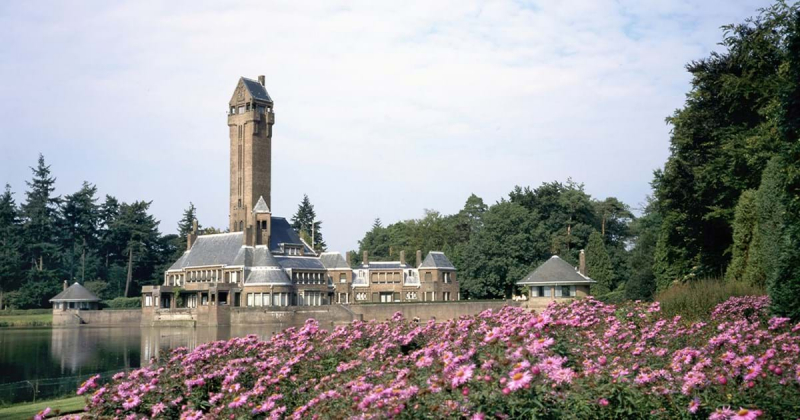
eurotunnel.com 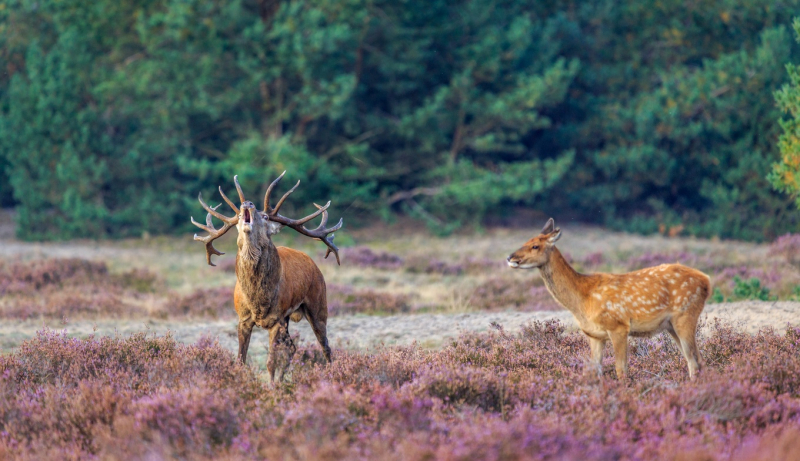
holland.com -
In the Netherlands, there is a rich and vibrant cultural life. The arts and crafts of the Netherlands are well-known across the world, and Dutch artists are among the greatest ever. The government actively supports the arts while eschewing direct artistic direction of cultural companies. The Dutch take considerable pleasure in their cultural history. In fact, it is undeniable that the long-standing history of Dutch freedom of expression has contributed significantly to the development of Dutch culture over time.
Wooden shoes, lace hats, tulips, and windmills are iconic images of the Netherlands, although they only cover a small portion of the country's modern history. A type of attire consistent with that of the rest of northern Europe has long since replaced traditional wear, with the exception of locations like Vollendam and Marken and on days of national celebration. Tulips and other flowering bulbs and tubers continue to be popular export items, and numerous festivals are held to honor them. Additionally, they are shown off at events like the Aalsmeer Flower Market and in the yearly Keukenhof Gardens spring flower exhibition.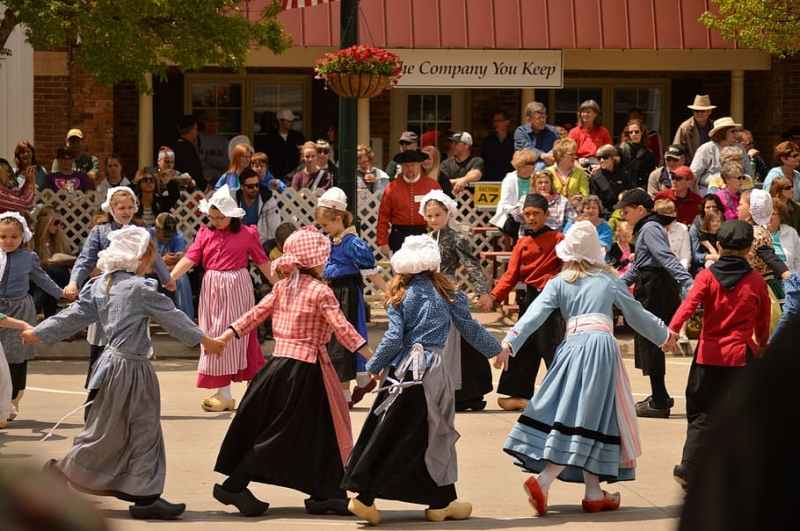
worldcultues.com 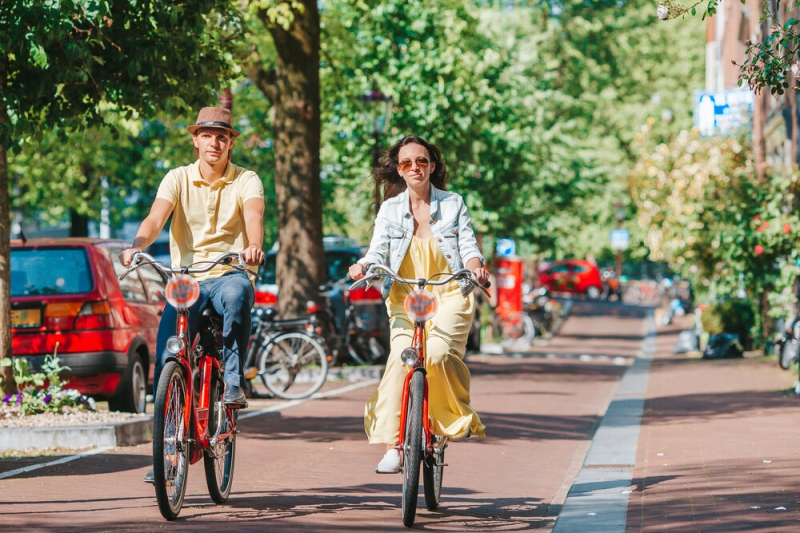
dutchreview.com -
The Netherlands has a reputation for being boring for hikers since it is flat, cow-filled, and generally uninteresting. Right? And let’s not even mention all that rain. It turns out, though, that hiking in the Netherlands is not only feasible but also provides some very breathtaking scenery. This thing is one of the reasons to visit Netherlands.
There are many fantastic hiking paths in Hoge Veluwe National Park. The park is lined with numerous paths that have been clearly marked, as well as some of the Dutch long-distance trails like Veluwe Zwerfpad. The defined paths are largely located in the park's northern section, close to the visitor's center and the entrances near Hoenderloo and Otterlo. One of the most popular areas for trekking is close to Deelense Veld, where you can discover little ponds and the walking area De Pollen in the center of Hoge Veluwe. You can hike along different parts of the Veluwe Zwerfpad, including the Otterlo-Arnhem and Hoenderloo-Arnhem routes.
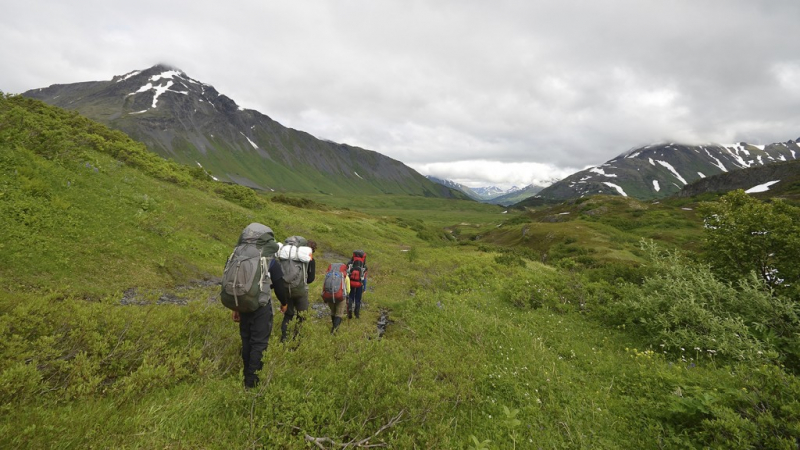
blog.nols.edu 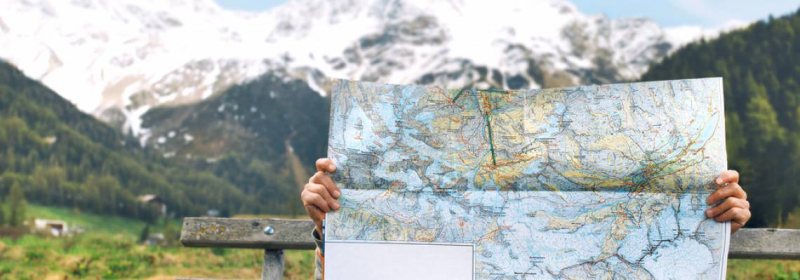
bookatrekking.com












